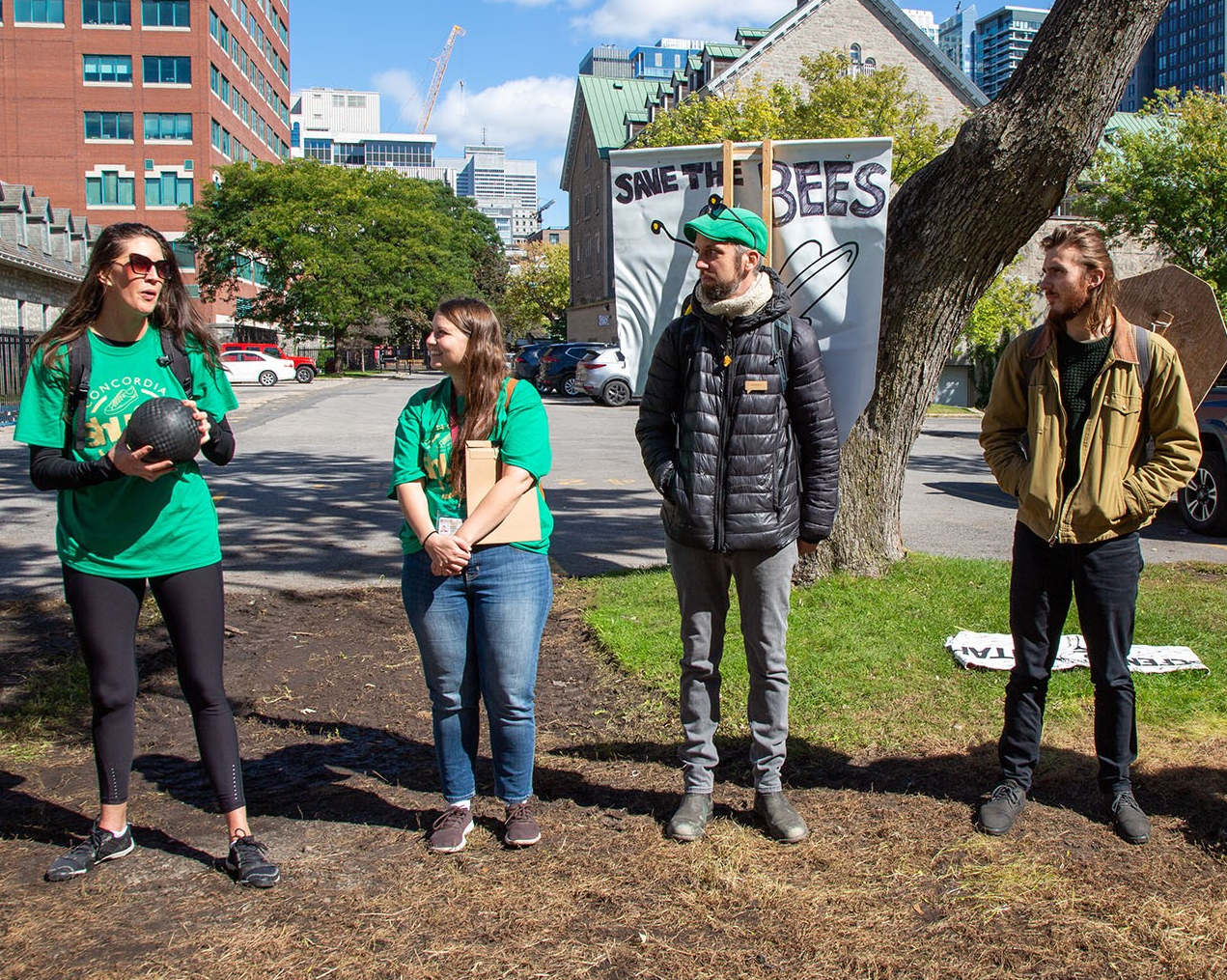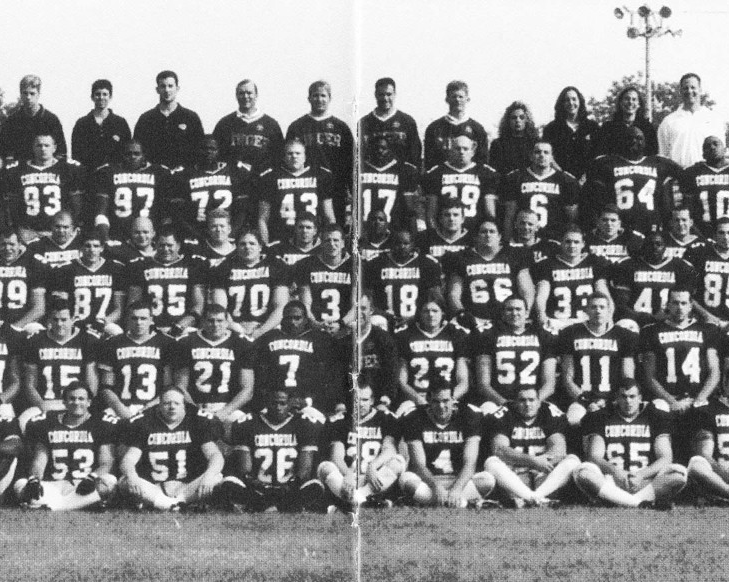Sessions sometimes include skill-sharing between participants where specific skills like sock-puppet construction and crocheting are taught. The collective experience can be quite moving.
“One night a participant started to play the guitar,” recalls Escobedo. “It was so special. People were just creating to the sound of the music. When I disconnected from the call, I thought, wow, that was magical. Many people, especially seniors, have said they were longing for a space like this because they’ve felt isolated for years.”
‘No borders’
Virtual art hives have a way of breaking down physical boundaries, says facilitator Diana Vozian, BA 16, a masters’ student in Concordia’s Creative Arts Therapies program. “People can join from any place in the world and be part of an inspiring creative community.”
Some participants, like Ana Paula Duran, MA 18, have been inspired to start similar initiatives. Based in Germany, Duran has run a physical art hive at a café in the city of Rostock for the last two years.
“The Newcomer Café is run by an organization called Rostock Hilft, meaning ‘Rostock Helps’ in German, and it supports area refugees and immigrants,” says Duran.
When confinement measures were implemented across Germany, the organization started to think about how to expand its outreach efforts online. Weekly virtual art hives have since enabled Duran to keep her community engaged and connect with friends and family around the world.
“It’s been amazing because I can send the link to my mom in Colombia, to my aunt who lives in Spain and to my friends in Montreal. This illusion we have of living in a world with no borders, you get to actually feel it. It’s really powerful.”
For more info on the art hives network visit arthives.org.
 A painting created by Luna Julien, aged 11, during a virtual art hive.
A painting created by Luna Julien, aged 11, during a virtual art hive.
 “You don’t need to be an artist to join the community,” says Carmen Oprea, MA 16.
“You don’t need to be an artist to join the community,” says Carmen Oprea, MA 16.


